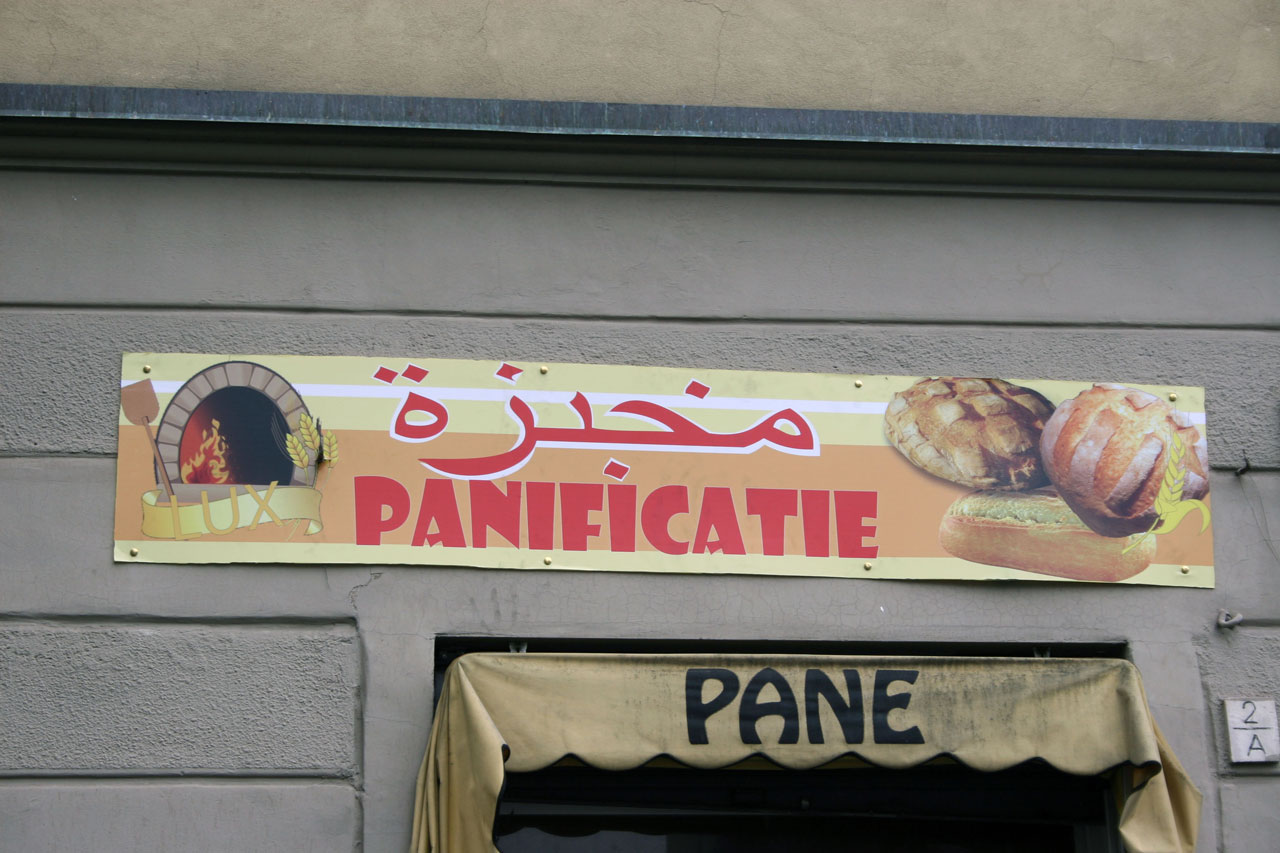Both Eastern Enlargements of the European Union had a stronger migratory impact than forecasted and expected. This was true both for the post-2004 wave from the EU-8, largely concentrated in the British Isles, and for the post-2007 movements from the EU-2, predominantly directed towards Spain and Italy.
It was the first time since several decades that intra-European freedom of movement produced significant flows of economic migration. Although different in terms of professional and demographic composition, both the Polish-dominated post-2004 wave and the Romanian-dominated post-2007 one took place in a relatively conducive economic context and were boosted by sustained and diffuse labour demand. Popular reactions against these sudden and vast inflows were witnessed in the UK as well as in Mediterranean Member States (MS), and especially in Italy.
Altogether, however, these new streams of intra-EU mobility were initially incorporated in the receiving labour markets and societies with relative success.Things started to change in late-2007: one of the first serious alarms was the rise of anti-Roma campaigning in the Italian political debate, which drove to severe legislative and administrative restrictions. In 2008, the burst of the Spanish housing bubble hit the construction sector heavily and brought to a tightening of admission channels and to the adoption of a scheme to support voluntary returns (with little success, so far). Since late-2008, the constant worsening of the global economic crisis hit some of the MS which had made larger use of intra-EU migrant labour comparatively harder (Spain and Ireland, primarily, but also Italy and the UK).
A general tightening of admission channels was implemented in almost all MS. In some receiving countries, such as Italy, controversial attempts aimed at limiting already recognised freedom of circulation of EU-8 and especially EU-2 nationals were also made, thereby raising official criticisms from Brussels. The good side of the picture is that, at least in some cases (e.g. Polish migration in the UK), intra-EU freedom of circulation seems to produce beneficial shock-absorbing results in terms of large-scale (temporary?) returns to the country of origin as an adaptive strategy to respond to the crisis. The bad side of the same picture is clearly the rise of anti-immigrant sentiments in many EU migrant-receiving countries, which are often unwilling and unable to make a distinction between intra-EU circulation (not only from Eastern Europe: for instance, the use of Italian personnel by Italian firms in the UK was also targeted) and extra-EU international migration.
We are therefore facing a phase of unprecedented politicisation of intra-EU mobility. This is producing changes both in the actual implementation of provisions on freedom of movement (and freedom of providing services) in the EU and in the broader system of political relations between MS within EU institutions. The political debate on future enlargements and the ongoing negotiations are also affected. From an electoral point of view, anti-free-movement arguments have become more prominent in several EU states and are increasingly influencing the concrete margins of EU policy-making







